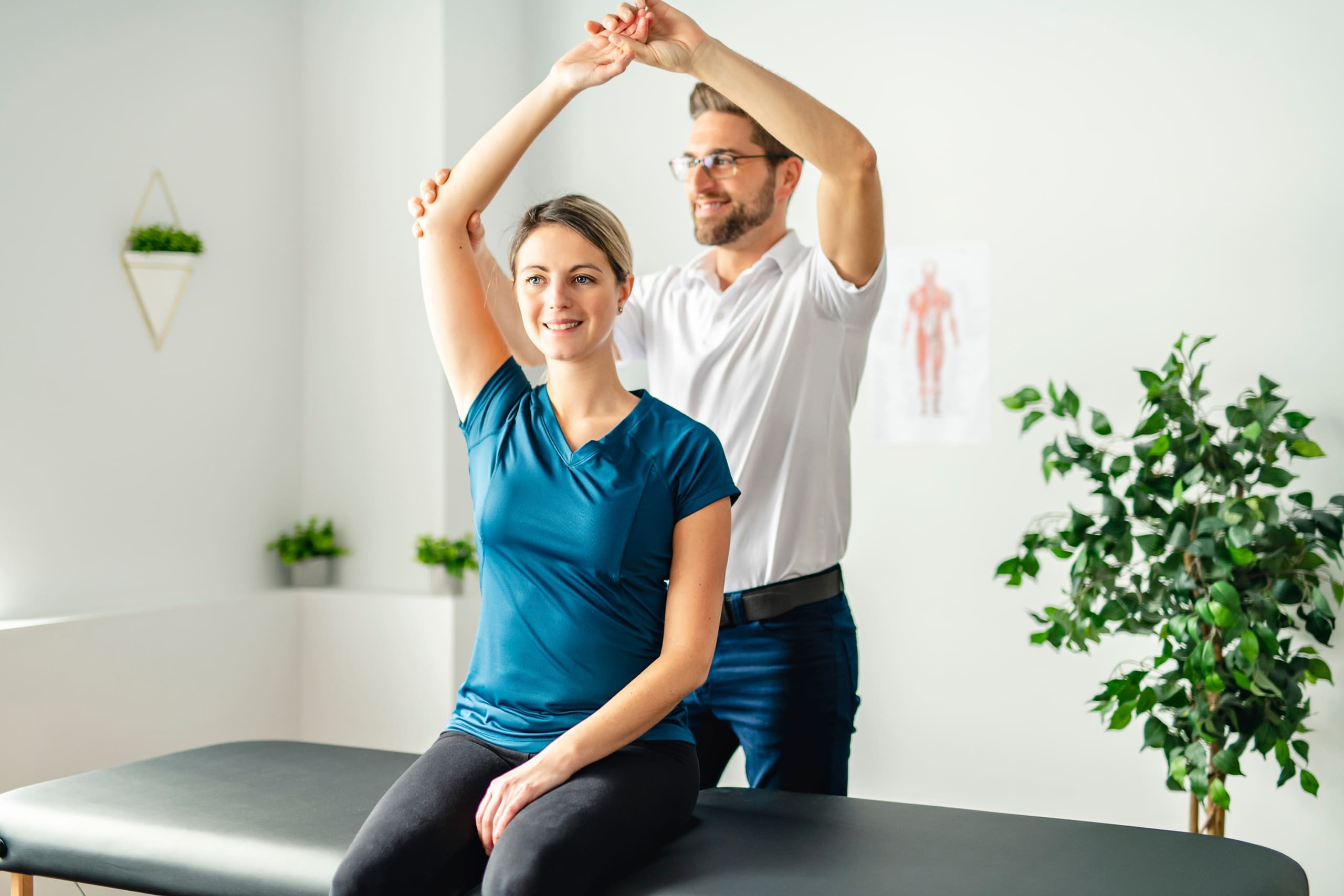Understanding Common Sports Ailments and Effective Recovery Strategies aimed at Athletes
Understanding Common Sports Ailments and Effective Recovery Strategies aimed at Athletes
Blog Article
Sports traumas are common among athletes of all ages and proficiency levels. These traumas can occur in multiple types, including sprains, strains, breaks, and tendonitis. Understanding the kinds of injuries that can happen during athletic activities is essential for not only prevention and care. Ligament injuries, for example, entail the overextending or tearing of connective tissues, which connect skeletal structures at a articulation. Strains, on the contrary hand, affect muscle tissues or tendon structures, which connect muscle tissues to bones. Recognizing these traumas early can help sportspeople seek suitable care and come back to their sport more rapidly.
One of the most frequently seen traumas in sports is the foot ligament injury. This injury often happens when an athlete touches down awkwardly or rotates their foot during a game. Signs of an ankle ligament injury include pain, inflammation, and trouble walking. Prompt treatment typically involves the R.I.C.E. approach, which stands for Recovery, Ice, Wrapping, and Elevation. This method helps minimize swelling and discomfort. In more serious cases, rehabilitative therapy may be required to restore power and flexibility to the foot before returning to athletics.
Another common trauma is a muscle injury, which can happen in any sport that demands sudden actions or intense lifting. Sportspeople may experience a muscular strain when they extend a muscle too much or when they apply too much effort. Symptoms include sharp discomfort, inflammation, and muscle contractions. Recovery for muscular strains often entails gentle flexibility exercises and strengthening exercises. Slowly raising activity levels is vital to prevent re-injury. Sportspeople should work closely with a rehabilitative therapist to create a secure and effective recovery plan.
Tendon inflammation is another trauma that can impact sportspeople, particularly those who engage in repetitive motions, such as runners or aquatic athletes. This issue happens when a tendon see this site structure, which connects muscle to bone, becomes swollen. Frequent locations affected by tendonitis include the elbow, upper arm, and leg. Symptoms often include pain and stiffness, especially during movement. Treatment for tendonitis usually includes recovery, ice, and anti-inflammatory medications. In some situations, rehabilitative treatment may be suggested to improve mobility and power in the affected region.
Preventing athletic injuries is just as crucial as treating them. Sportspeople can reduce their risk of trauma by heating up correctly before activities, using the appropriate gear, and keeping good physical condition. Power conditioning and stretching exercises can help prepare the body for the requirements of sports. Additionally, sportspeople should pay attention to their bodies and take rest when necessary. By comprehending common sports traumas and applying effective rehabilitation plans, athletes can remain fit and enjoy their beloved athletic activities for years to come.